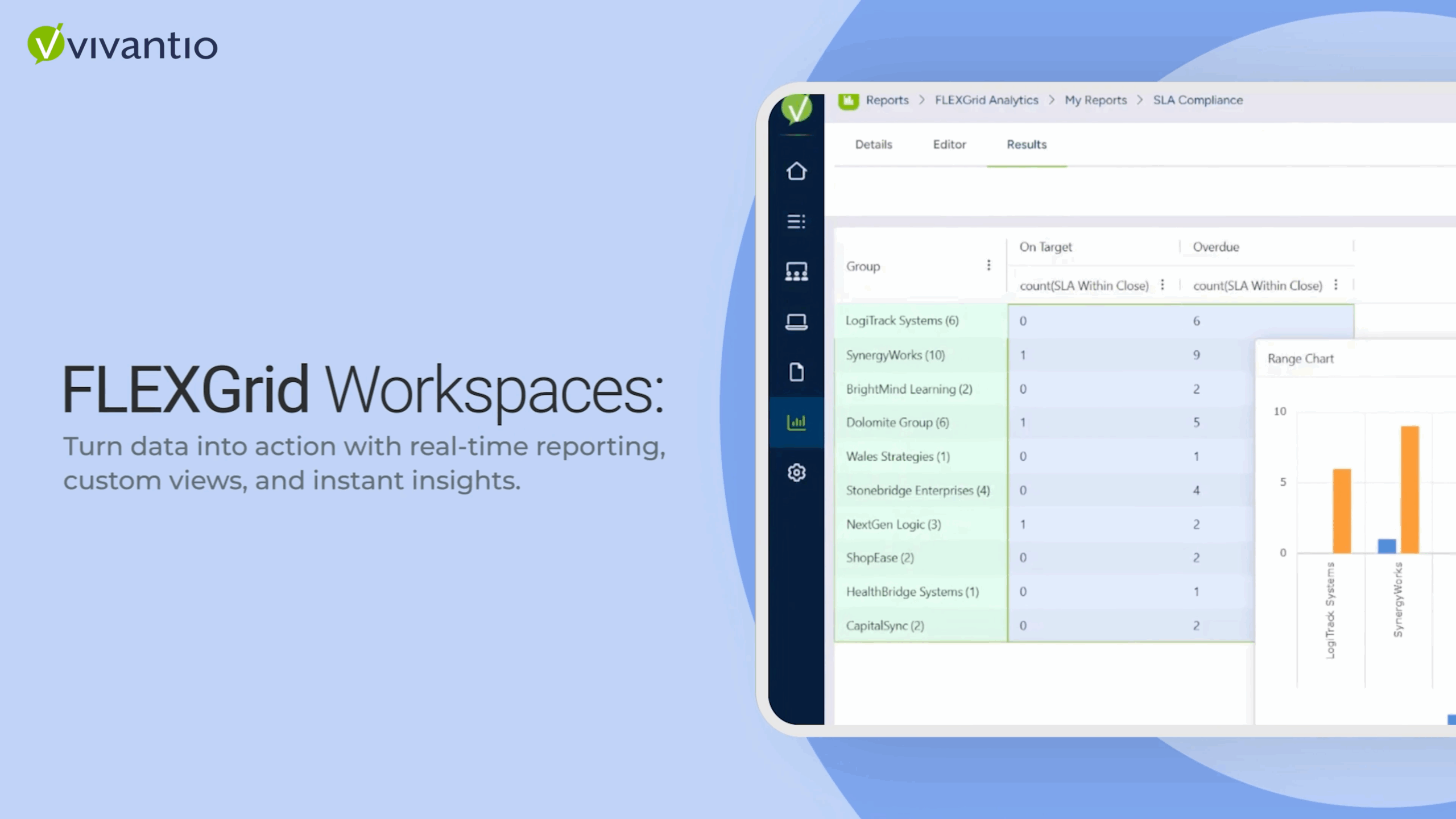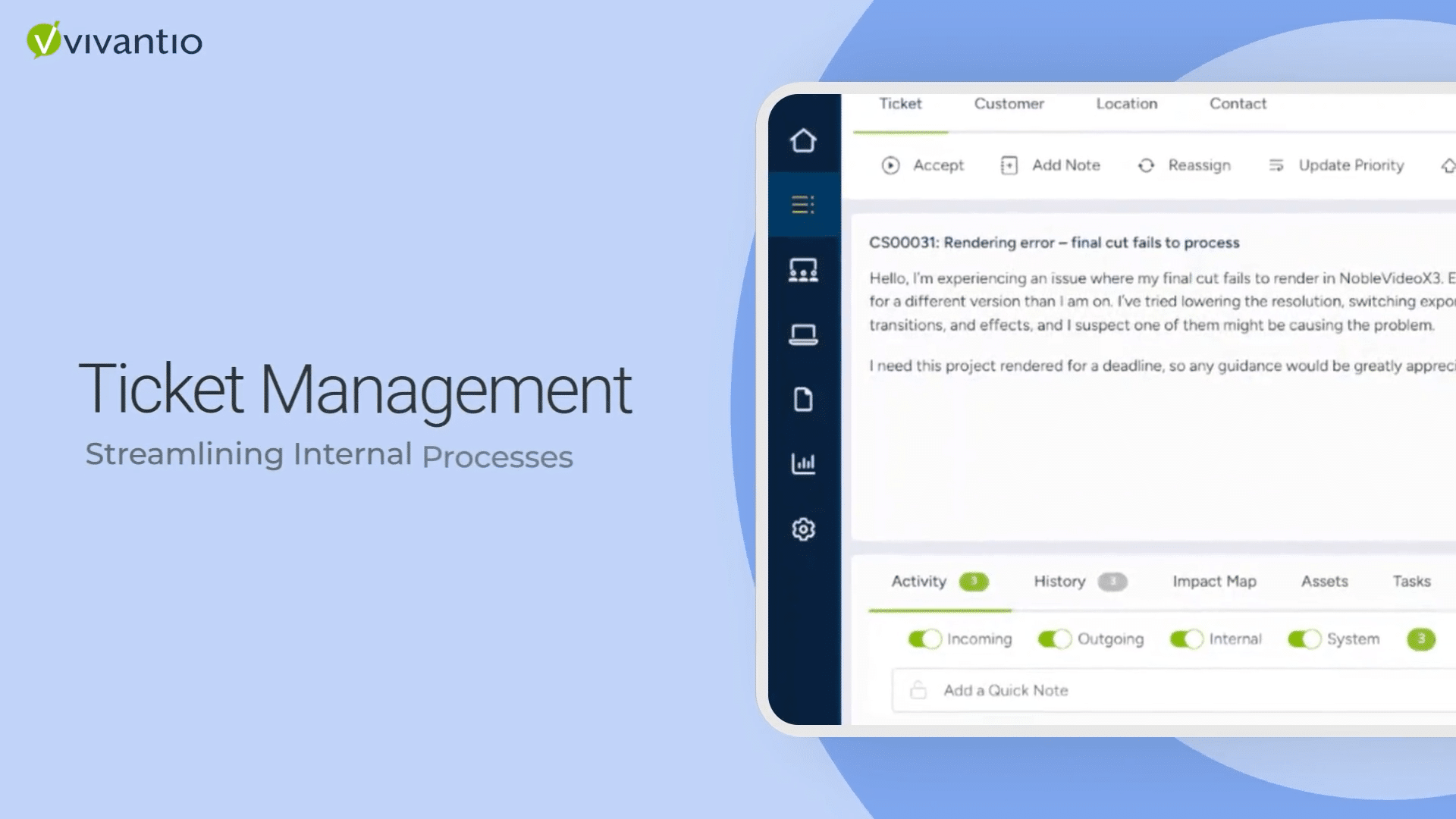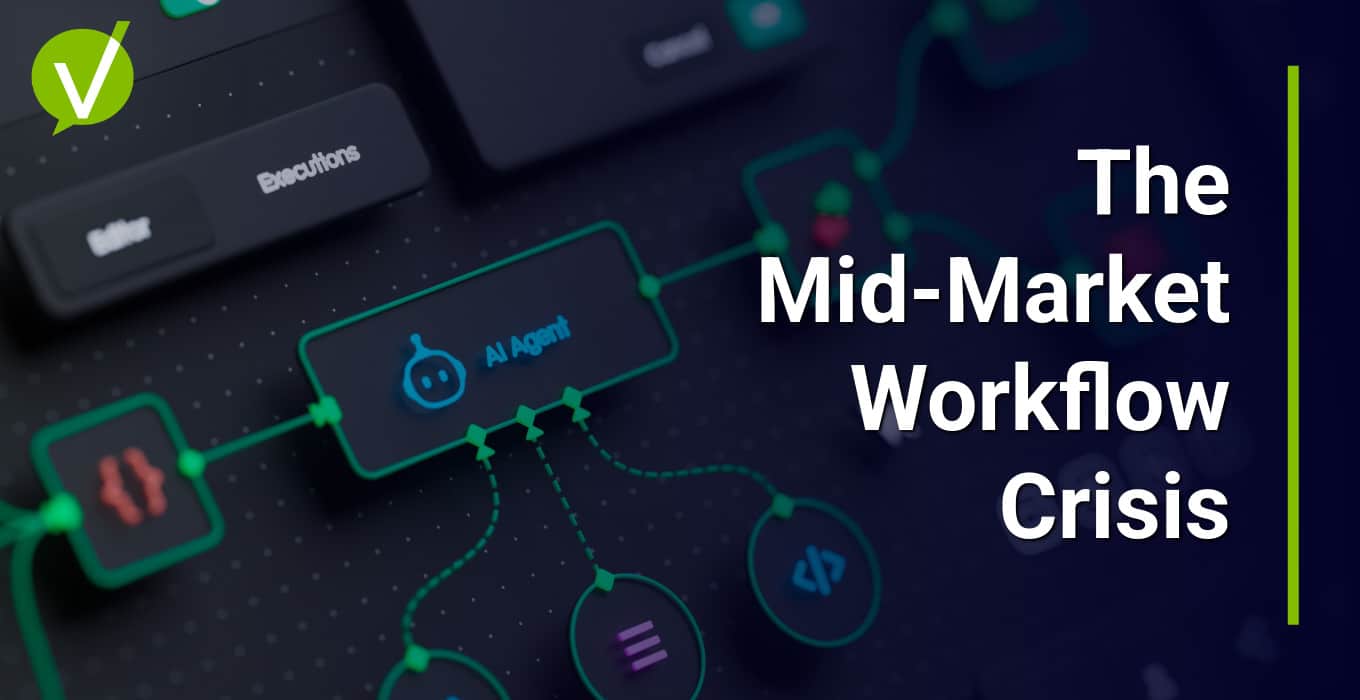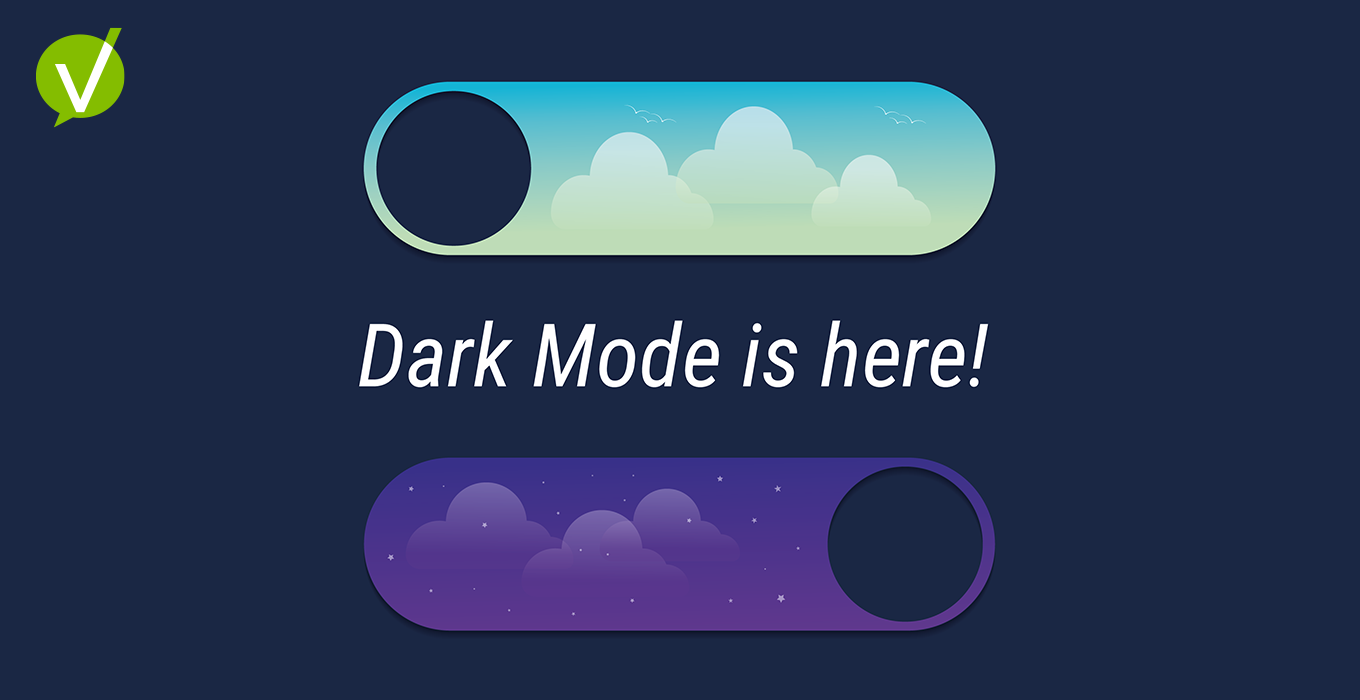Why Do Organizations Need an ITSM Ticketing System
For an IT team, the ability to respond to problems efficiently is arguably one of the most important aspects of the department. Sluggish reactions to IT issues can slow down an entire business, leaving core functions of an office slowed down or even completely unable to be performed. As a result, business leaders have a significant interest in ITSM ticketing systems.
ITSM ticketing systems are basically a central database that stores, organizes, and routes requests and concerns to the proper agents so that they can be solved. Instead of having to reach out to IT associates directly, employees can simply submit a ticket into the system, and it will be stored and routed based on the parameters set by IT.
To understand why ITSM ticketing systems are so important, we are going to cover:
- When businesses need a ticketing system
- The benefits of ITSM ticketing systems
- What to look for in an ITSM ticketing tool
- How to get started
Let’s start by discussing when a business develops the need in the first place.
When Businesses Need an ITSM Ticketing System
Not every business needs an ITSM tool for handling IT needs. Small businesses often operate at a small enough scale to simply walk over to their IT agent or send a quick instant message (IM) and have their request or concern handled immediately. When there aren’t many employees or IT assets, there isn’t too much to organize. For these businesses, a more basic ticketing system, or even a simple email filter could work just fine.
Their needs tend to expand as businesses turn the corner into mid-size businesses. As more employees get hired, networks become larger and more complex, and more software tools are adopted, the IT team is forced to grow and adapt. At this point, requests and concerns become much more abundant, and it becomes untenable to organize them in a simple ticketing tool. This is where ITSM comes in. This is where ticketing comes in.
A ticket can cover any of the following:
- Direct concerns from employees/users
- IT events like scheduled maintenance and updates
- Urgent incidents like errors and outages
- Alerts from the system that a change has been made or an error has occurred
An ITSM ticketing system is able to organize these into a core ITSM list so that different types of ticket can be categorized differently, assigned to different teams or individuals and also set different service levels to individually, and holistically, can be worked on in priority order. This ensures that every ticket is responded to in a timely manner according to its urgency.
The Benefits of an ITSM Ticketing System
There are many ways that improving IT operations via a ticketing system can improve overall business outcomes. The IT department is the backbone for almost every in-house operation, making them more efficient is key. ITSM ticketing can offer benefits like the following:
- Organizing and prioritizing large numbers of requests for support or help meaning that they can focus on working on solutions that have the most impact on the business
- Improving communication with staff through multiple channels keeping them better informed of progress
- Be more proactive rather than reactive, especially when dealing with problems affecting multiple members of staff
These systems speed up operations and minimize the impact of issues facing IT assets, and many ITSM ticketing tools can also be used to handle issues that aren’t directly related to IT. This includes issues that need attention from departments like legal and HR.
What to Look for in an ITSM Ticketing Tool
There are many ITSM solutions out there, and ticketing systems are some of their most basic offerings. As a result, many tools aren’t as feature-rich as others. For example, a basic ticketing system is not the same as an ITSM ticketing system that we describe here. Regular ticketing systems are basically just that: A simple list management tool that organizes requests automatically. ITSM ticketing systems offer so much more value to a business owner.
There are a few specific features that any quality ITSM ticketing system should have:
- Advanced self-service capabilities with the ability to customize, integrate with a knowledge base, and provide workflow automation
- Workflow and automation to keep customers updated automatically
- Ticket lifecycle management with multi-stage SLAs
- Custom forms and fields to capture necessary info per ticket category
- Email-to-ticket functionality to process incoming emails as tickets
For a tool that offers all of these and more, consider getting in contact with Vivantio. Vivantio offers a top-of-the-line ITSM ticketing tool with an emphasis on easy operation and configuration. Our goal is to provide the most feature-rich system possible while ensuring that our clients don’t need consultants to operate or configure it.












